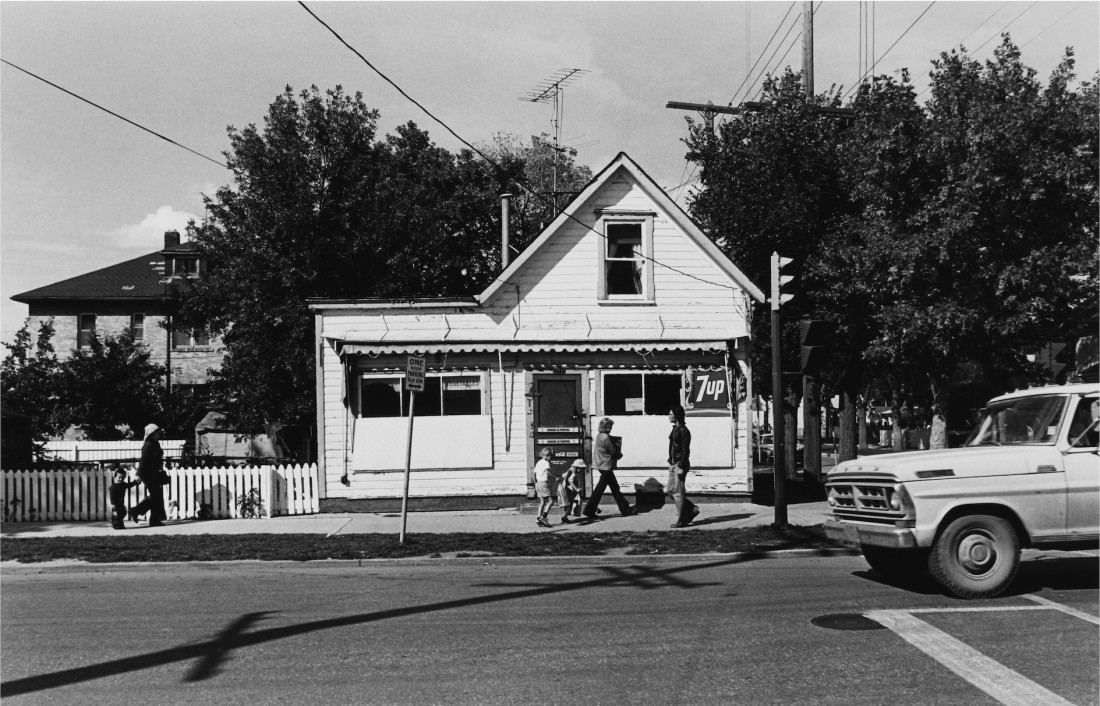A history of Winnipeg online
Winnipeg’s hungry for online nostalgia. Here’s how to find your fix.
Winnipeg has a complicated relationship to its history. In some regards, we’re fiercely protective. Artists like Guy Maddin, The Weakerthans and John Paizs have obsessively mythologized our city’s past. Local heroes like Burton Cummings or Neil Young are passionately claimed by Winnipeggers as our own, no matter how long they’ve lived elsewhere. Hell, can you think of any other city that spent 15 years cheering for a hockey team that didn’t exist?
But in other aspects, we’re sometimes quick to dismiss our own history. We’ve lost many of our most iconic landmarks, from the old City Hall and airport to Eaton’s, and the cull is far from over. It’s hard to count how many times we’ve nearly lost the Times Change(d), or how the future of The Bay Downtown is constantly in question. It seems like we sometimes forget that our history is more than Sam Katz kicking a child in the face.
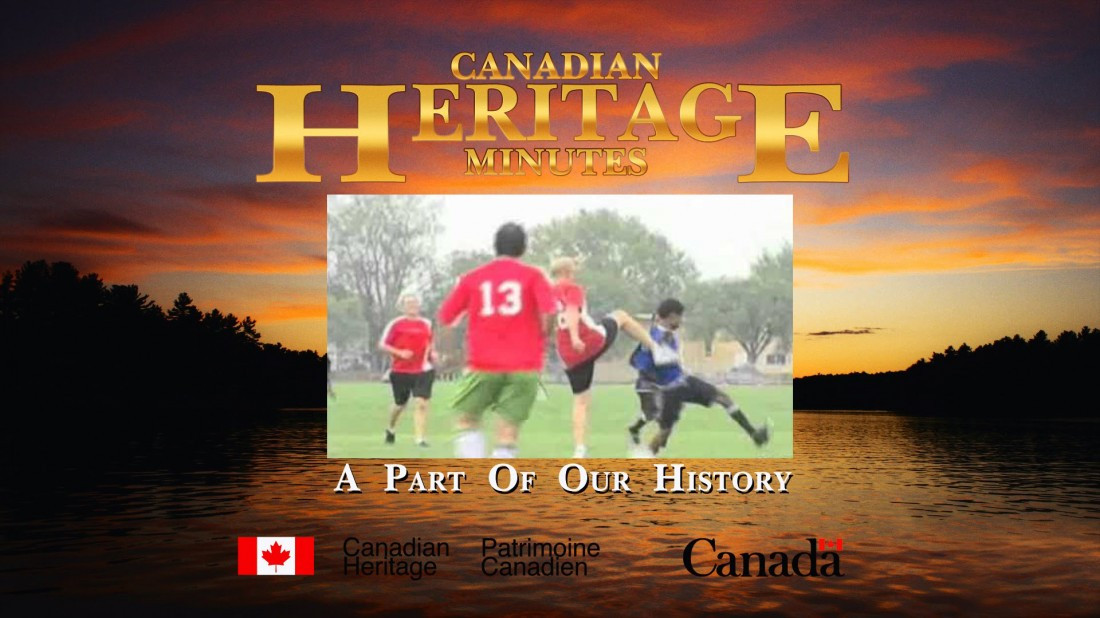
But online trends seem to suggest that there may be a shift in the city’s attitude towards its history. Recently, a handful of pieces of Winnipeg history have experienced viral success online.
One such artifact is City of Rivers, a 1964 Winnipeg tourism film that showcased the city’s culture, shopping and architecture. Hosted by veteran radio personality Ed McCrea, the 26-minute film spent years in storage, lost and forgotten, until McCrea’s son Paul rediscovered it and sent it to be transferred to digital video.
“My dad was in town for the weekend to visit from Calgary,” says Andrew McCrea, Paul’s son and Ed’s grandson, of the night he first saw the film. “Out of the blue he got a notice that (the digital transfer) was finished. He picked it up, brought it over and said, ‘Can we watch this film of my dad?’ We fired it up, and I immediately knew it had to go on YouTube.”
Andrew uploaded the film and shared it on social media. Four days later, it had already racked up over 30,000 views.
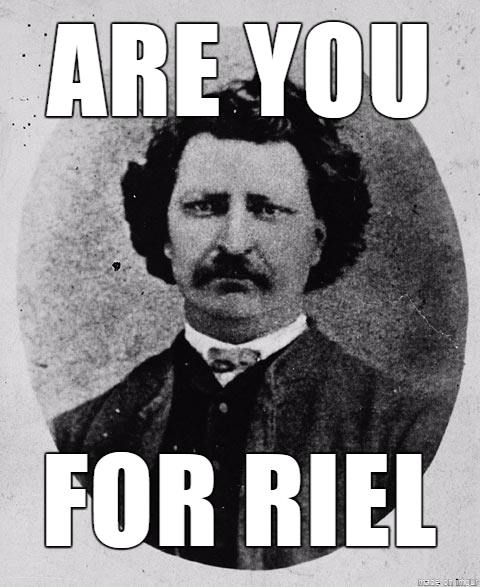
“Winnipeg has always been really big on heritage,” Andrew says, speculating on why the film struck such a nerve with Winnipeggers. “We’re lucky that some of our buildings have survived, because it seems like once a building is 30 or 40 years old, it’s tired and doesn’t really have value. But then you get past the 60 or 70 year mark, and it’s like, ‘Oh, what a great example we have from that time period.’”
“One of the key points people talked about was how (the film) refers to the airport as ‘the Taj Mahal of the prairies.’ I think the loss of our old airport was a really big loss for our city. It was a great example of that style of architecture.”
Another example of Winnipeg history finding viral success is Vintage Winnipeg, a blog and Facebook page which aggregates and shares historical photography of Winnipeg. Active since September 2012, the page currently has over 23,000 “likes,” and most Winnipeggers who use Facebook have probably seen their photos shared in their newsfeed.
The accessibility to digitized local history is a relatively new phenomenon, but it’s not a rare one. It’s important to know that, if you’re willing to do a little digging, you can find a wealth of incredible material just as cool as City of Rivers or Vintage Winnipeg.
One great resource for this is the National Film Board of Canada’s website. The NFB has done a remarkable job of making a huge portion of their film catalogue available to stream online for free. While there’s tons of non-Winnipeg, non-documentary films available there as well, the NFB is a treasure trove of incredible films showcasing Winnipeg’s past.
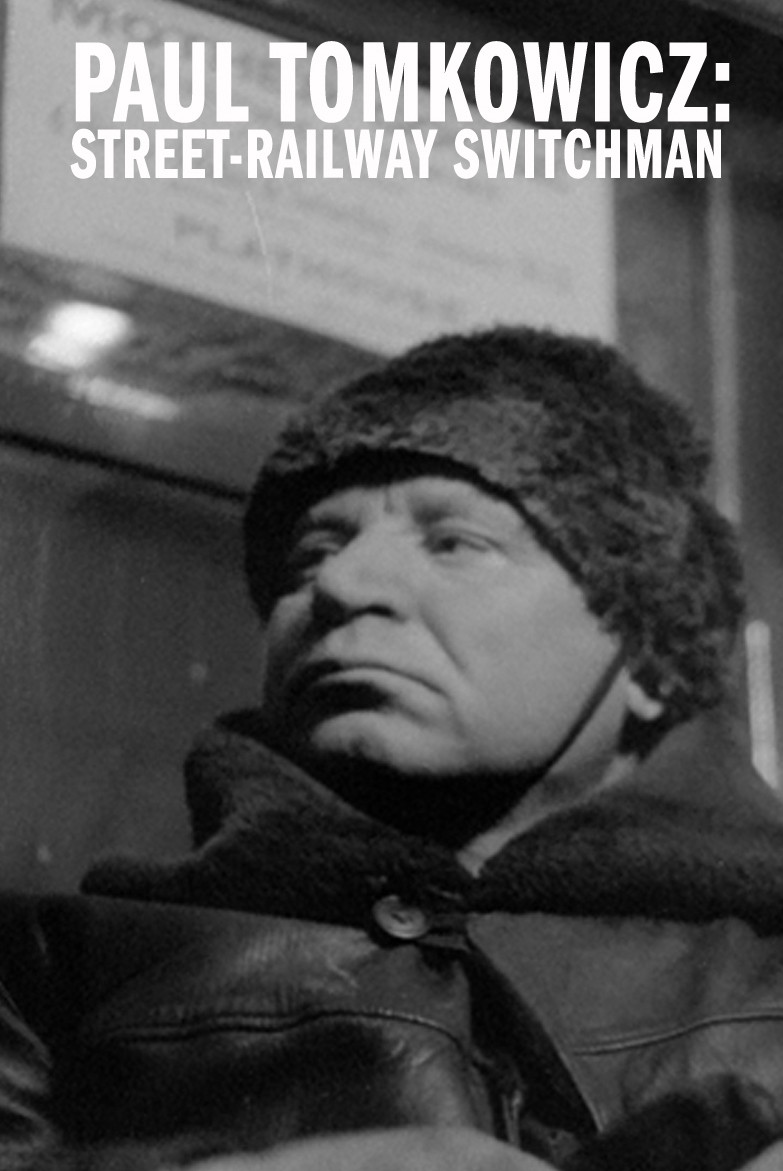
Paul Tomkowicz: Street-railway Switchman ©1953 National Film Board of Canada. All rights reserved.
One such film is Paul Tomkowicz: Street-railway Switchman (1953). This short documentary follows the titular Tomkowicz, a Polish-born Winnipegger who makes his living cleaning the snow-clogged rail-switches of the city’s streetcars. The camera follows him up and down Portage Avenue at night, glimpsing transit passengers riding and audiences pouring out of a long-gone movie palace.
Listen to the Prairie (1945) offers a look at Winnipeg’s cultural past. The film depicts youth performances from the Winnipeg Music Festival, accompanied by shots of surrounding landscapes. The Jews of Winnipeg (1973) offers a retrospective look at Winnipeg’s first Jewish settlers, and features footage from both the 1970s and the turn of the century. Ted Baryluk’s Grocery (1982) follows a day in the life of Ukrainian-born Ted Baryluk, operator of a Point Douglas corner store. Winnipeggers who are willing to search through the website are bound to fall into a pleasant rabbit-hole of discovery.
The Winnipeg Film Group is another great source for documentary and fiction films from Winnipeg’s past. While WFG currently doesn’t have a streaming platform, they’re partners in the upcoming VUCAVU, a streaming service by the Canada Council for the Arts which will stream films from a number of small Canadian film distributors, including Video Pool.
In the meantime, the film group’s excellent DVD compilations Beginnings 1976-1983 and Isolation in the 1980s give a great look into Winnipeg film of the ’70s and early ’80s. The recently restored The Romance of the Far Fur Country (1920) follows fur trappers on a Hudson’s Bay Company trading route through Manitoba.
Of course, you don’t have to look to historical films to find Winnipeg history. Current day Winnipeg filmmakers are actively involved in exploring local history. Case in point: documentarian Kevin Nikkel, whose documentaries probe local history and tell fascinating stories. His Our Neon City series, available on demand through MTS TV, tells the stories of five defunct Winnipeg businesses and institutions through their preserved iconic neon signs.
Paula Kelly is another current filmmaker making extensive use of Winnipeg’s history. Her three-part series, Souvenirs (2008) uses historical footage of Winnipeg labor, parades and legendary floods to editorialize on the city’s past and present. Her documentary The Trib: Story of an Underdog Newspaper (2012) examines the 90-year history of the now defunct Winnipeg Tribune.
On the topic of the Tribune, the paper itself provides a valuable window into Winnipeg’s past. The paper’s archives can be found on the University of Manitoba’s Digital Archives. The websites of various archives around the city yield incredible results when searching for historical materials. In addition to the Tribune archives, the U of M archives feature photos and documents from the history of Winnipeg theatre, human rights movements, indigenous Manitobans, the paranormal, and a myriad of other subjects.
Archivist Andrea Martin says that the decision process behind which of the U of M’s massive collection ends up online is a complicated process.
“We can’t make everything available,” Martin explains. “There’s just too much stuff. So the choices are based on the kind of care the record needs and the kind of use it’s getting. It helps to preserve fragile media that’s quickly degrading.”
“If we have a high demand collection that people want to use, it’s going to get damaged,” explains fellow archivist Brian Hubner. “Then we might make a decision to digitize it so it’s safe and available.”
The U of M Archives also has a large and varied social media presence. Their Facebook and Twitter pages showcase their daily work, their YouTube shows off presentations as well as historical films, while their Tumblr is currently showcasing a project-specific First World War memorial gallery.
But the U of M Archives are far from the only local archives online. The University of Winnipeg Digital Archive is home to a number of publishing archives that are equally rife with stunning visual media. Among these are Indian News, the newspaper distributed by the Department of Indian Affairs among First Nations communities from 1954 to 1982. They also feature early U of W publications like Vox and (in)edition.
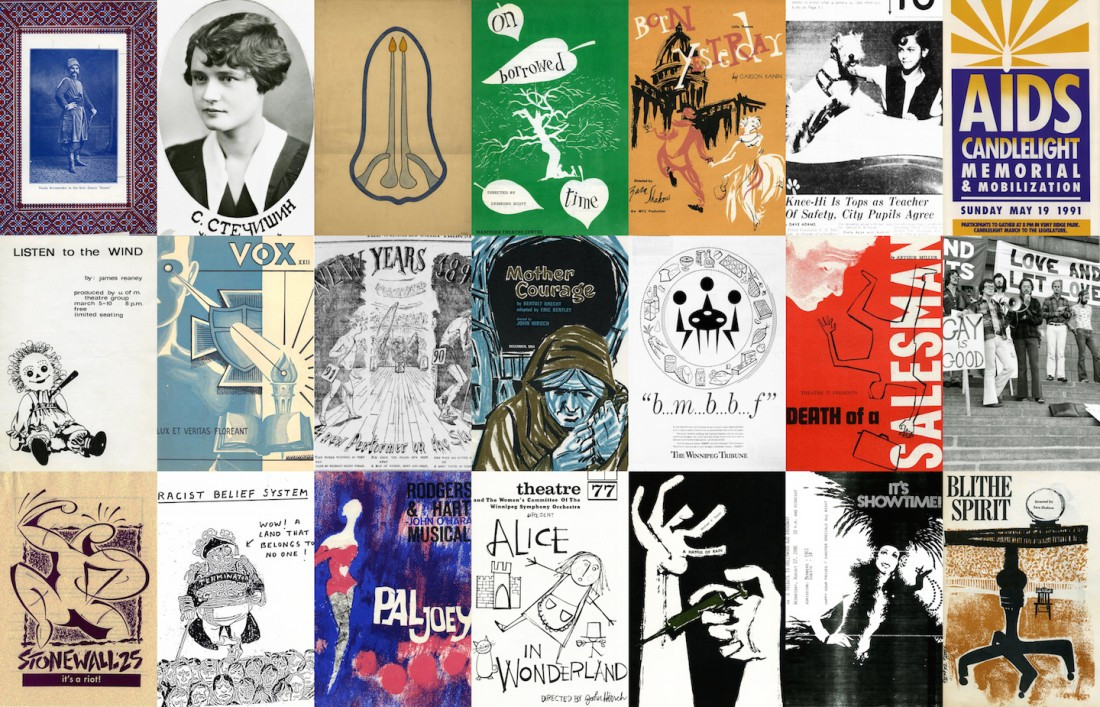
The universities are just the tip of the iceberg in regards to the rich collection of archives in Winnipeg. Both the City of Winnipeg Archives and the Manitoba Archives feature robust photo databases that can be searched and browsed. The Association of Manitoba Archives’ image collection is easily browsable, and both Manitobia and the Winnipeg Public Library’s PastForward page contain postcards, maps and other nostalgic ephemera.
So what does it all mean? Why is there a newfound hunger for online Winnipeg history? Why don’t we recognize it in daily life when it’s all around us? In My Winnipeg, Guy Maddin insists on Winnipeg’s duality. It’s two cities in one: one that’s seen, another that’s hidden. Both are full of ghosts. He fantastically depicts a city of sleepwalkers, wandering around and noticing nothing. It’s a city with two taxi companies, one using streets, the other back lanes.
When A.O. Scott of the New York Times reviewed My Winnipeg, he was tempted to check whether Maddin’s outlandish claims were true. He resisted the temptation, afraid of finding out that they weren’t. Any Google search would have told him that these are fabrications. But they aren’t, really. It is two cities, full of ghosts.
Published in Volume 70, Number 20 of The Uniter (February 18, 2016)

